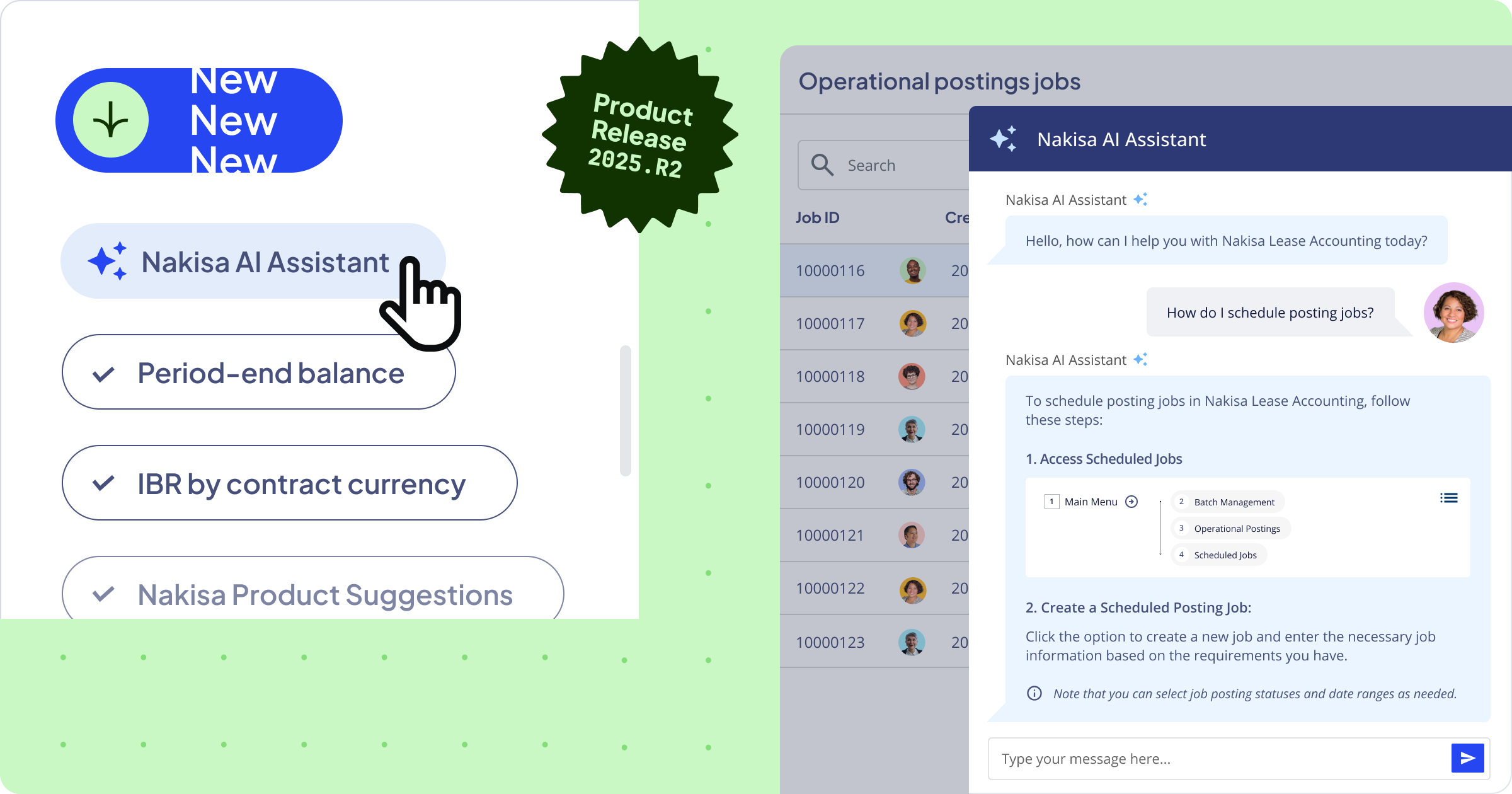As the go-live date for the new lease standards (ASC 842 and IFRS 16) is approaching fast, businesses should consider the practical expedients available to ease the burden of adoption and transition. These expedients offer considerable relief on transition with the objective of reducing transition costs for financial statement preparers. By applying the practical expedients under ASC 842, the preparations will save cost and effort from not having to back and reassess accounting conclusions taken years ago (such as reassessing the “initial direct costs” that would be deemed inadmissible under the new standard).
The following introduces the practical expedients available to lessees under the new standards.
ASC 842
Under ASC 842, 842-10-65-1(f), an entity may elect not to reassess:
- Whether any expired or existing contracts are or contain leases.
- The lease classification for any expired or existing leases. In other words, all existing leases that were classified as operating leases in accordance with current standard (ASC 840) will be classified as operating leases, and all existing leases that were classified as capital leases in accordance with ASC 840 will be classified as finance leases).
- Initial direct costs for any existing leases. In other words, whether the initial direct costs have been capitalized under ASC 840, would qualify for capitalization under ASC 842.
- The above expedients must be elected as a package (all or nothing) and applied consistently by an entity to all of its leases, to leases that commenced before the effective date.
- ASC 842 also allows the use of hindsight, whether on its own or with the above package of practical expedients. An entity may use hindsight,
- In determining the lease term (that is, when considering lessee options to extend or terminate the lease and to purchase the underlying asset).
- In assessing impairment of the entity’s right-of-use assets.
IFRS 16
The transition approach under IFRS 16 is significantly different than ASC 842. IFRS 16 offers the choice between a full retrospective method and a cumulative catch-up method. Under the cumulative catch-up approach, a lessee does not restate comparative information. Few of the practical expedients are applicable to both full retrospective and cumulative catch-up approach, whereas few are only allowed under cumulative catch-up method.
No requirement to reassess lease contracts: Under both full retrospective and cumulative catch-up approach, an entity is not required to reassess whether a contract is, or contains, a lease at the date of initial application.
For leases previously classified as operating leases applying IAS 17 (current standard), a lessee may use one or more of the following practical expedients when applying cumulative catch-up approach. A lessee is permitted to apply these practical expedients on a lease-by-lease basis. In light of the new standard, a lessee may:
- Apply a single discount rate to a portfolio of leases with reasonably similar characteristics
- Exclude initial direct costs from the measurement of the right-of-use asset at the date of initial application.
- Use hindsight, such as in determining the lease term if the contract contains options to extend or terminate the lease.
- Elect not to apply the transition requirements to leases for which the lease term ends within 12 months of the date of initial application.
- Rely on its assessment of whether leases are onerous applying IAS 37 (Provisions, Contingent Liabilities and Contingent Assets) immediately before the date of initial application as an alternative to performing an impairment review.
Entities will generally befit from electing practical expedients that are available to them, especially if they have older leases that are in-flight during the transition periods.





